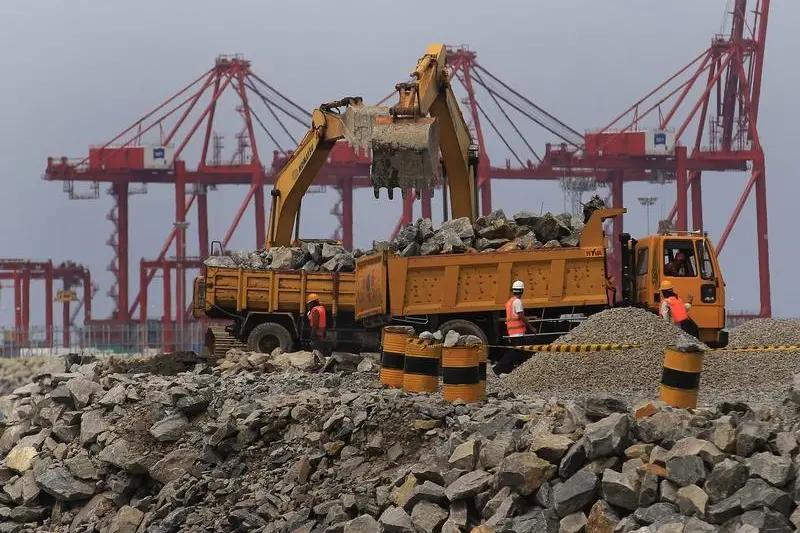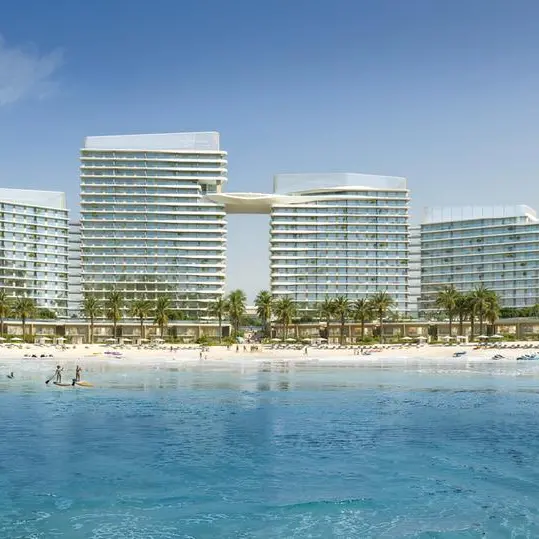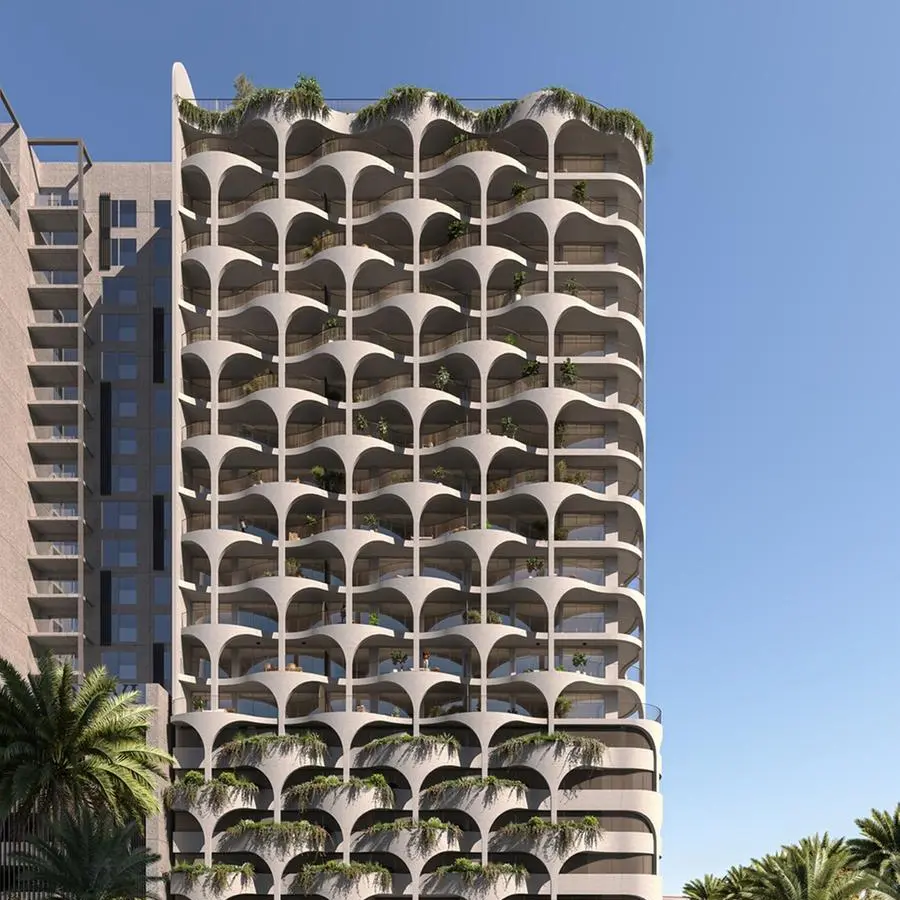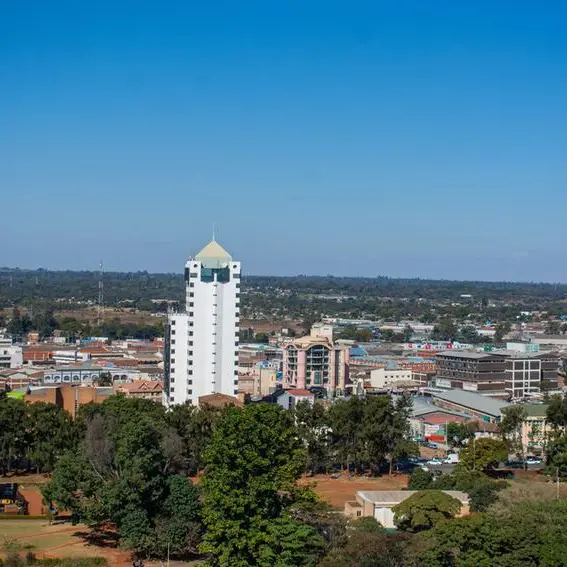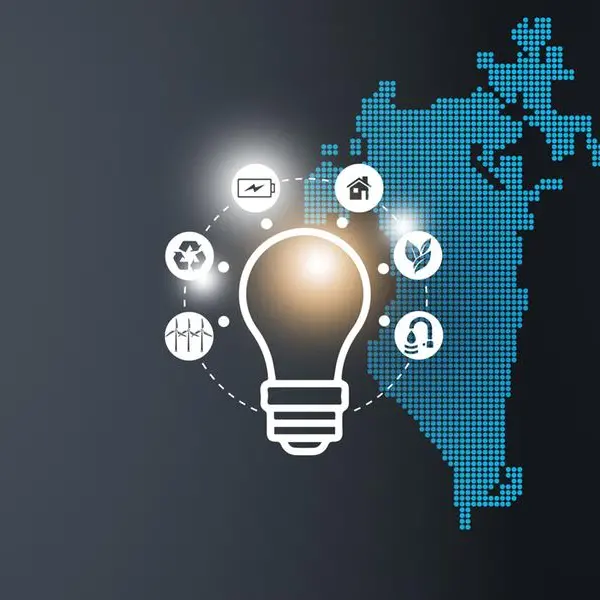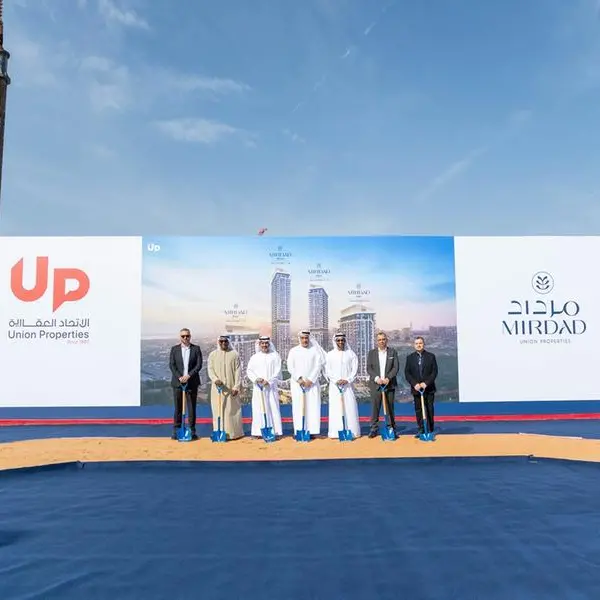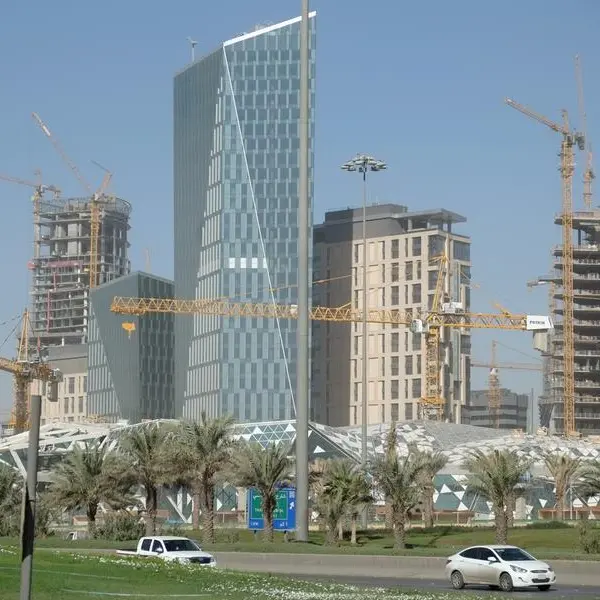PHOTO
Construction for phase one of the Luderitz port in southern Namibia is set to begin in the fourth quarter of 2024, Andrew Kanime, CEO, Namport said.
“Two weeks ago, we completed the stakeholder consultation for the finalisation of the Environmental Impact Assessment. We expect to begin construction for Phase 1 in the fourth quarter of 2024,” Kanime disclosed at the EU Namibia Business Forum.
He said Phase 1 involves expansion of the existing port to enable Hyphen to import construction material; Phase 2 involves the development of a new port adjacent to the existing facility and a green ammonia export facility which is expected to be completed by 2028; and in Phase 3, the port capacity will be ramped up to accommodate output from new green hydrogen projects.
He said the port of Walvis Bay, the biggest commercial port in Namibia, has the capacity to handle about eight million tonnes of hydrogen or ammonia but the storage and processing facility and the ammonia conversion plants need to be developed.
Last week, the EU committed one billion euros towards developing Namibia’s green hydrogen and critical mineral value chain under its Global Gateway initiative. As part of this the EU will support an upcoming study for the development of the Port of Walvis Bay into an industrial and logistics hub.
“We are positioning Walvis Bay as a green ammonia bunkering hub to set up a green corridor between us and ports in Europe,” Kanime said.
The Namport CEO said both ports will be developed under the public private partnership (PPP) model with the Authority retaining the ownership of the common user infrastructures.
Rail projects
Namibia’s state-owned Transnamib is seeking investors for two strategic transnational railway projects, its Acting CEO said at the forum.
Webster Gonzo said Transnamib has invited Expressions of Interest (EOI) to develop the Maputo-Walvis Bay Corridor, connecting Namibia to Botswana through the town of Gobabis where Transnamib’s rail line ends.
“Once you connect to Botswana, you can connect to South Africa and further northwards to the African hinterland, a fertile agricultural land that can be a ready market for the green ammonia produced in Namibia”, the executive said.
He said the Trans-Zambezi rail line is another project awaiting investors.
“The feasibility study has been completed. The idea is to extend the current rail line that stops at Grootfontein in middle north Namibia by 700 odd kilometres to connect the Zambezi valley in Zambia.”
He said the line can then be further connected to Zimbabwe and DRC connecting the mining belt along the way.
Gonzo said Transnamib is working on a world-first pilot project to retrofit two locomotives with dual fuel engines to run on diesel and green hydrogen.
He expects the technology to be proven in 18-24 months post which the monopoly rail company intends to retrofit most of its fleet with dual fuel engines.
(Reporting by Sowmya Sundar; Editing by Anoop Menon)
(anoop.menon@lseg.com)
Subscribe to our Projects' PULSE newsletter that brings you trustworthy news, updates and insights on project activities, developments, and partnerships across sectors in the Middle East and Africa.
